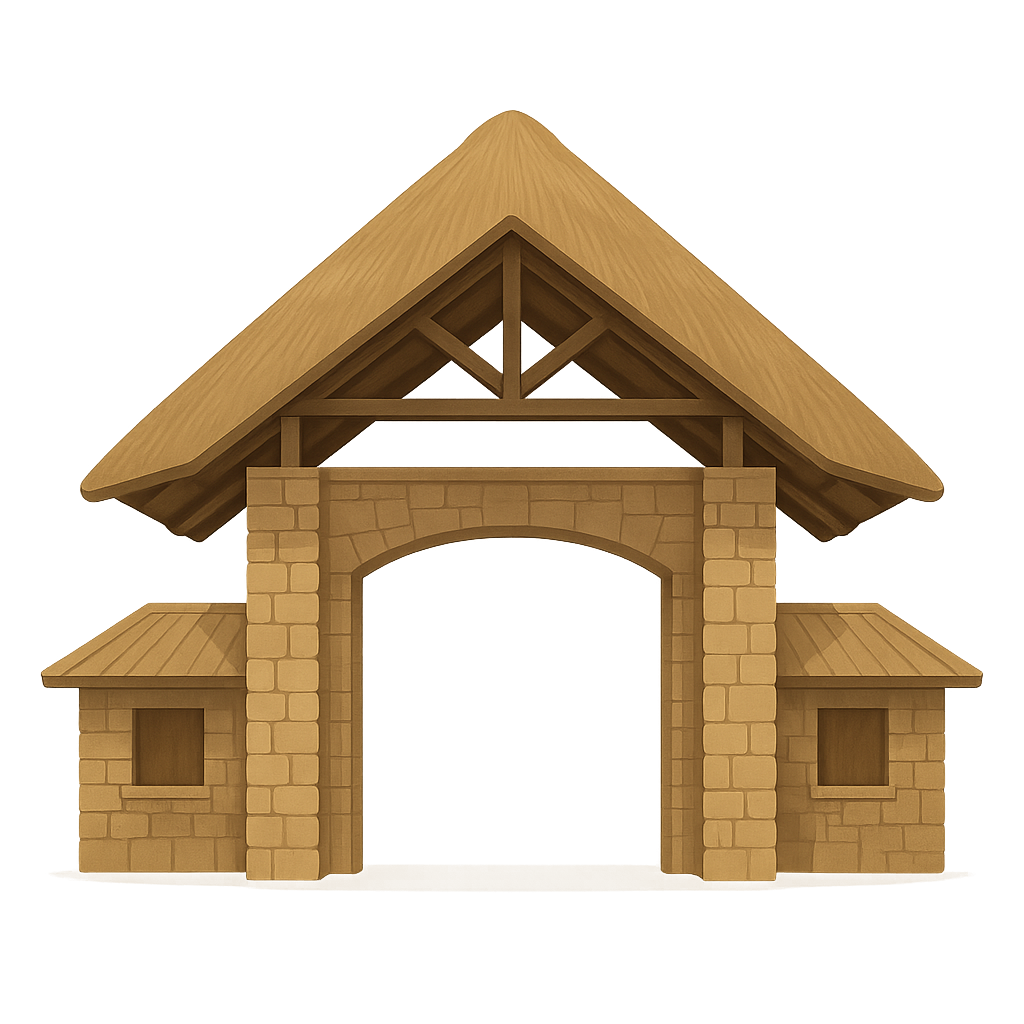The Land That Runs on Forever
Imagine a place so big that the land touches the sky in every direction. I am a sea of golden-green grass that ripples in the wind, stretching farther than your eyes can see. The sun warms my earth, and a cool breeze whispers through the flat-topped acacia trees that dot my plains like lonely giants. The only sound you might hear is the low buzz of insects or the distant roar of a lion. But then, a rumble begins. It’s not thunder from the sky, but a thunder from the ground. It is the sound of a million hooves, a river of life drumming across my endless plains. Every year, my animal families—wildebeest with their shaggy beards, zebras with their dizzying stripes, and gazelles that leap like dancers—begin a great journey. They follow the promise of rain and fresh grass, a pattern as old as I am. They don't have maps or signs. They just listen to a deep knowing inside them, a rhythm that I provide.
My name is the Serengeti. In the language of the Maasai people, it means ‘the place where the land runs on forever,’ and for centuries, they have been my keepers. They are tall, proud people who live with me, not just on me. They learned my secrets, respected my seasons, and understood that my animals were part of a great, sacred circle of life. They never took more than they needed and moved with me as the seasons changed. For a long time, it was just us. Then, new people began to arrive. In 1892, an explorer from Germany named Oscar Baumann journeyed across my plains. He wrote in his journal about the unbelievable number of animals and my breathtaking beauty. His stories traveled far, and soon, more people came to see me. At first, they were just amazed. But some of them hunted my lions and elephants, and others wanted to build farms on my grasslands. The harmony I had known for so long was in danger. A German man named Bernhard Grzimek and his son, Michael, saw this danger in the 1950s. They knew that to protect my animals, you couldn't just draw a line on a map. You had to understand their entire journey. So they flew in a small, striped airplane, day after day, soaring above the herds to count them and map their long migration path. Their work showed the world that I was one giant, connected home. Because of their dedication, and the efforts of many others, I was officially protected in 1951. I became the Serengeti National Park, a safe place for all my creatures to roam free.
Today, my life is as vibrant as ever. The Great Migration continues, a spectacular parade of life that amazes everyone who sees it. Lions doze in the shade of sausage trees, giraffes nibble on the highest leaves, and elephants lead their babies to my watering holes. I am more than just a home for animals. I am a classroom for the world. People come from all over to learn about the delicate balance of nature and to feel the wonder of a truly wild place. They leave with a new understanding of how important it is to protect these spaces. I am a living, breathing treasure that belongs to everyone. I stand as a reminder of the wild, beautiful world we all share. My promise is to keep my grasses growing and my rivers flowing, so that for generations to come, children just like you can visit and hear the stories I whisper on the wind.
Reading Comprehension Questions
Click to see answer
